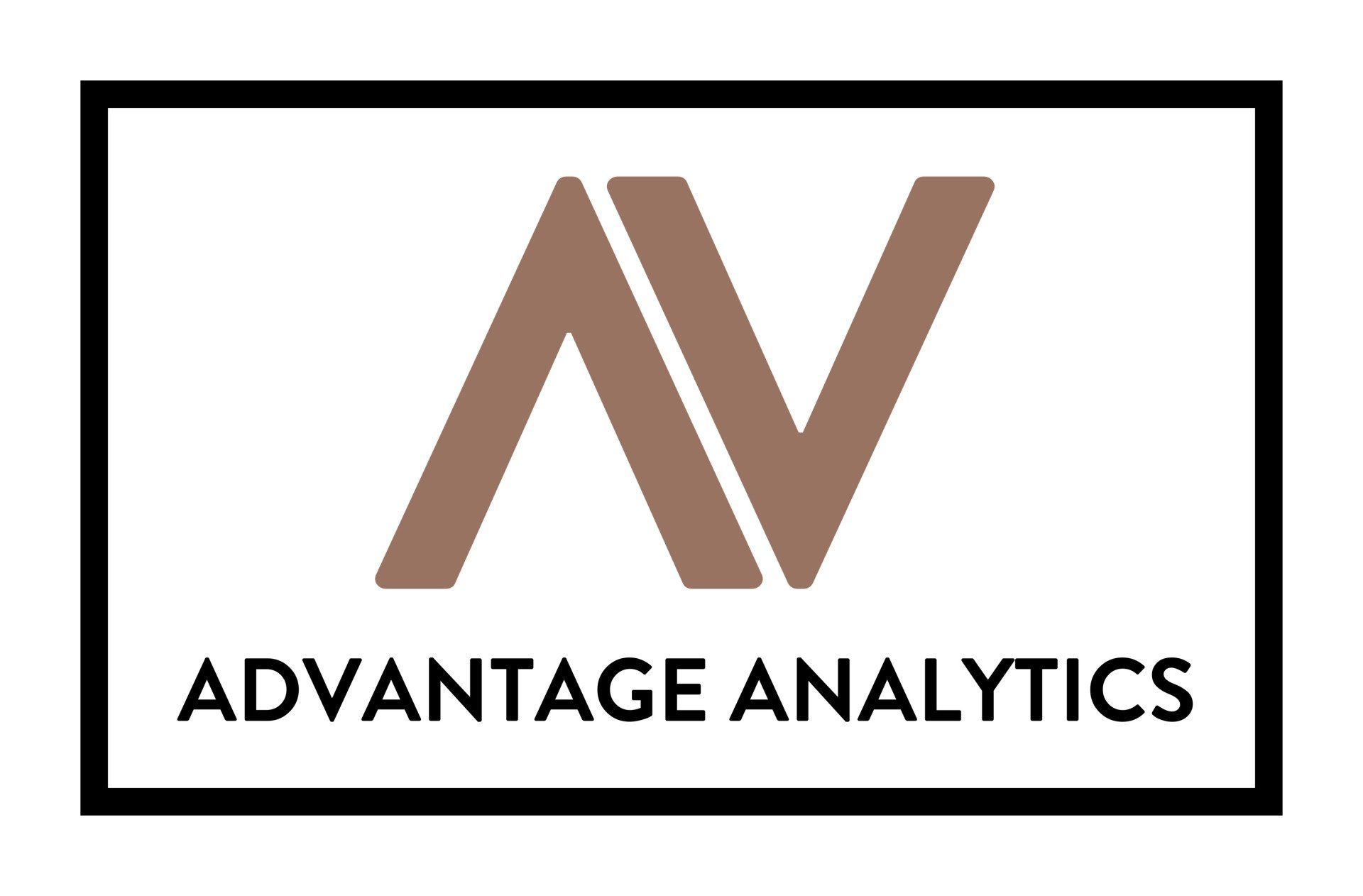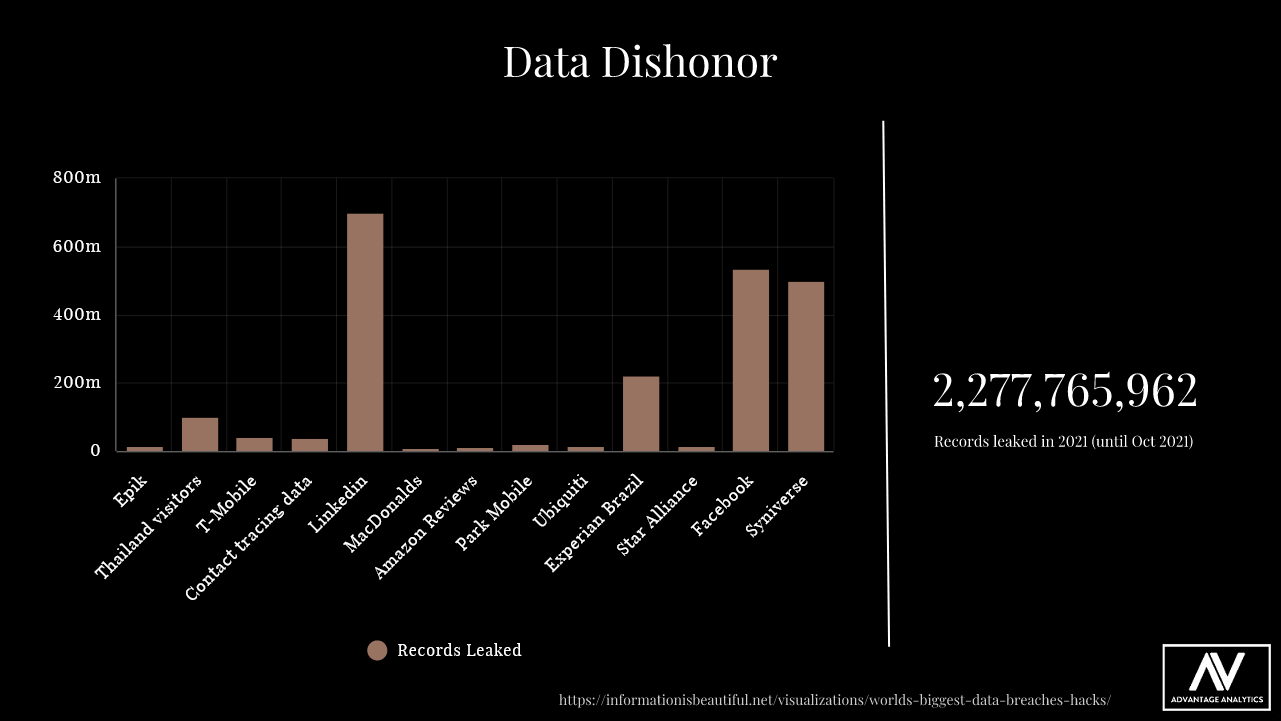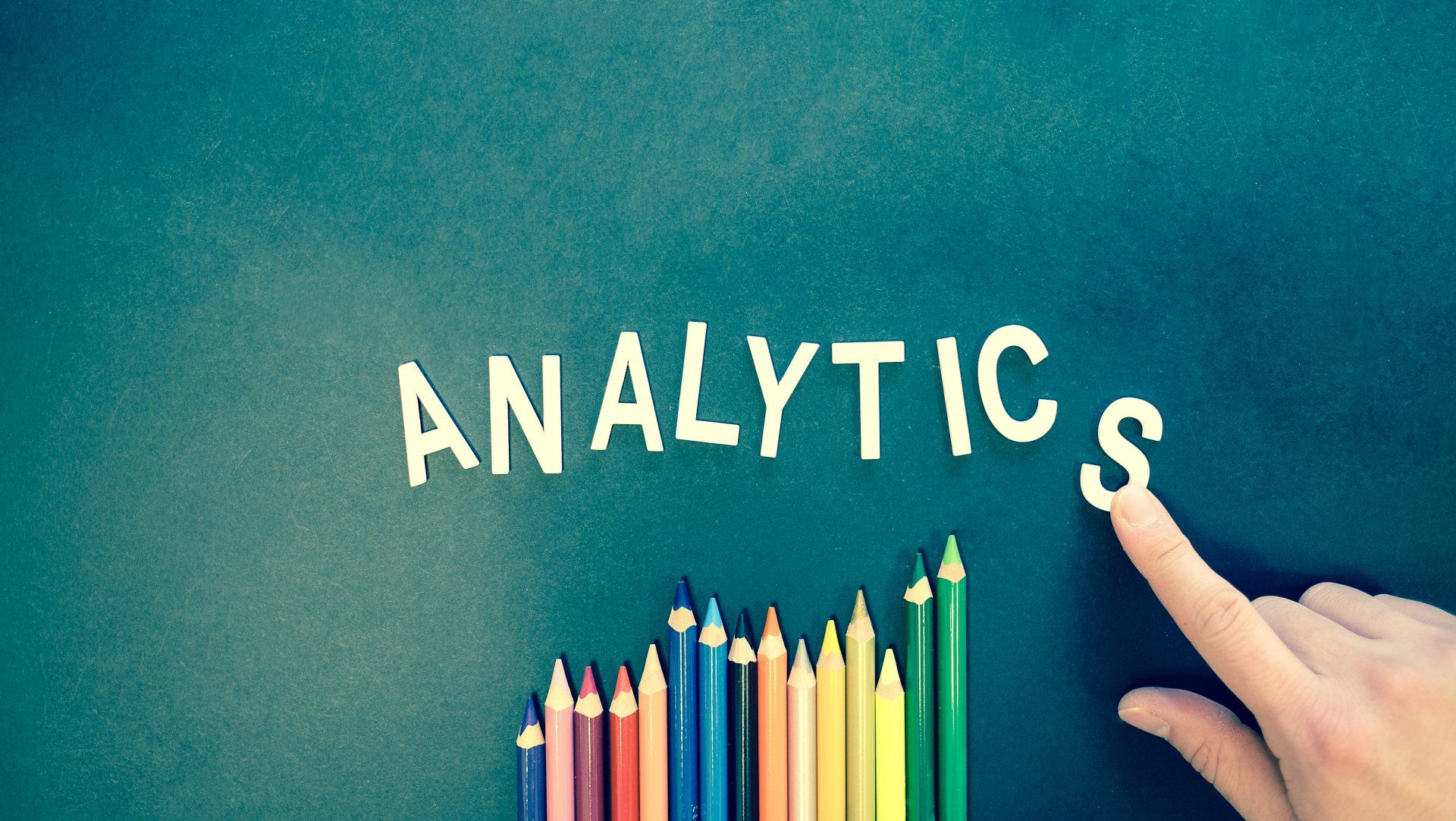Data Analytics: Unleashing the Power of Insights
Advantage Analytics
In today's data-driven world, businesses are constantly seeking ways to gain a competitive edge and make informed decisions. This is where data analytics comes into play. Data analytics is the process of analyzing and interpreting large volumes of data to extract meaningful insights. It allows businesses to uncover patterns, trends, and relationships that can drive growth, improve efficiency, and enhance customer experiences. In this comprehensive guide, we will explore the various types of data analytics, tools used in the process, and its applications across different sectors.
Understanding Data Analytics
What is Data Analytics?
Data analytics is the practice of examining raw data to uncover hidden patterns, correlations, and trends. By applying various statistical techniques, machine learning algorithms, and visualization tools, businesses can make data-driven decisions and gain a deep understanding of their operations, customers, and market dynamics. It involves collecting, cleaning, organizing, and analyzing data to extract valuable insights that can drive strategic actions and enhance decision-making processes.
The Importance of Data Analytics
Data analytics plays a pivotal role in modern business strategies. It provides organizations with the ability to make evidence-based decisions, identify opportunities for growth, mitigate risks, and optimize operational processes. By harnessing the power of data analytics, businesses can gain a competitive advantage, enhance customer satisfaction, and drive innovation. According to a survey, 89% of organizations use data analytics applications to improve decisions, highlighting its significance in today's data-centric world.
Types of Data Analytics
Data analytics can be classified into four main types, each serving a specific purpose and providing unique insights.
Descriptive Analytics
Descriptive analytics is the simplest form of data analytics that focuses on summarizing historical data to gain insights into past events and trends. It involves aggregating and visualizing data to provide a snapshot of what has happened. Descriptive analytics helps businesses understand their current state, identify patterns, and monitor performance against key metrics.
Diagnostic Analytics
Diagnostic analytics delves deeper into the "why" behind past events and trends. It aims to uncover the root causes of specific outcomes by analyzing historical data. Diagnostic analytics techniques, such as regression analysis and root cause analysis, help businesses understand the factors influencing their performance and identify opportunities for improvement.
Predictive Analytics
Predictive analytics leverages historical data and statistical models to forecast future events and outcomes. By identifying patterns and relationships in data, predictive analytics can provide organizations with insights into what is likely to happen. This enables proactive decision-making, risk assessment, and scenario planning. Machine learning algorithms, such as regression, decision trees, and neural networks, are commonly used in predictive analytics.
Prescriptive Analytics
Prescriptive analytics goes beyond predicting future outcomes and suggests the best course of action to achieve desired outcomes. It combines insights from descriptive, diagnostic, and predictive analytics with optimization techniques to provide actionable recommendations. Prescriptive analytics helps businesses optimize their decision-making processes, allocate resources effectively, and achieve desired business objectives.

Free Evaluation
We are the experts in data. Our consulting advice is based on years of training, hard work, and passion, as well as familiarity with data analytics, statistics and AI. You’ll find all that and more at Advantage Analytics.
We will get back to you as soon as possible
Please try again later
About Us
Powering data-driven insights for a wide variety of industries. Trust us to help you gain an edge in the digital world.
Contact info
230-997 Seymour Street, Vancouver, BC, Canada V6B 3M1
604-902-4325
info@advantageanalyticsgroup.com




